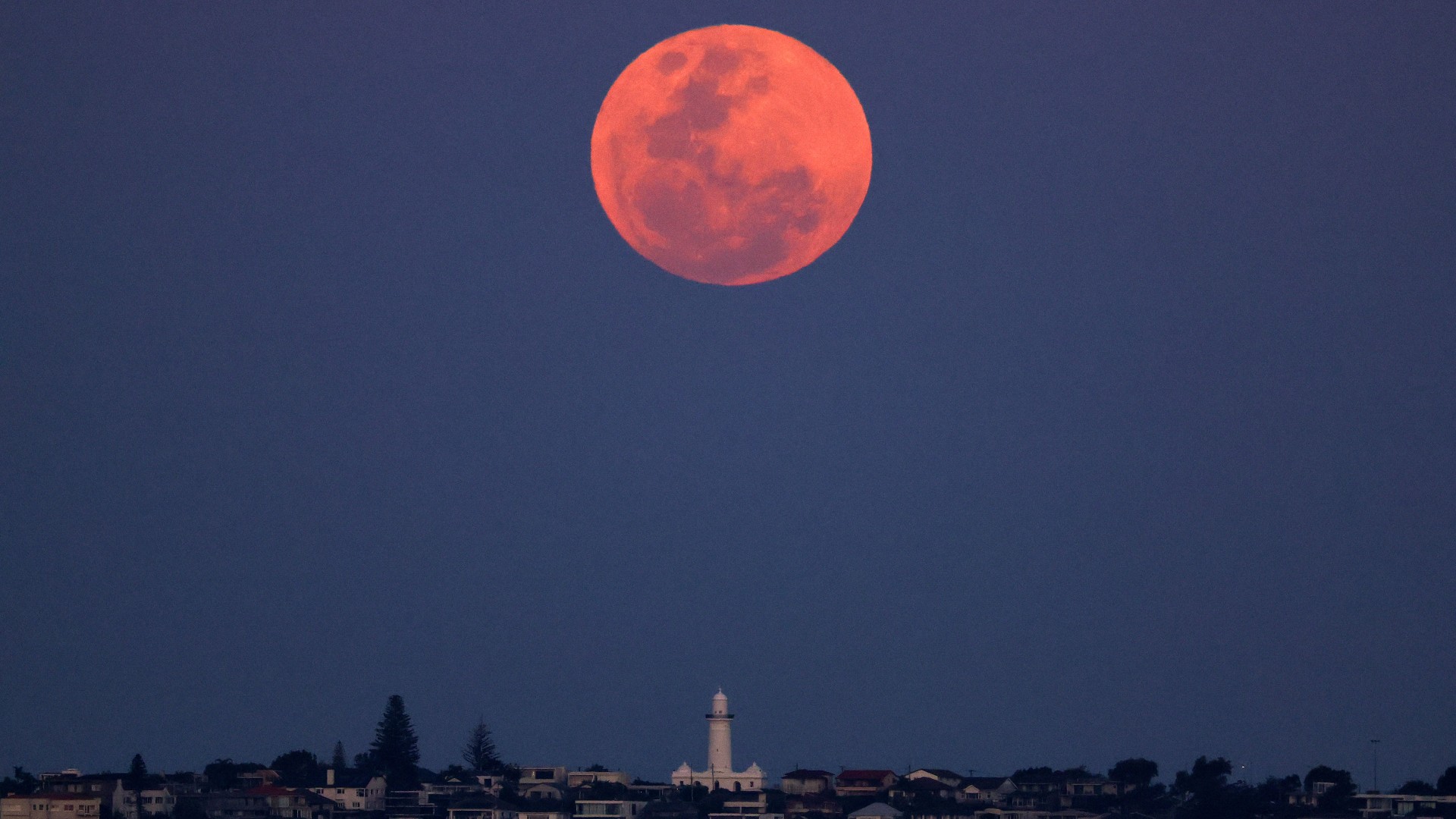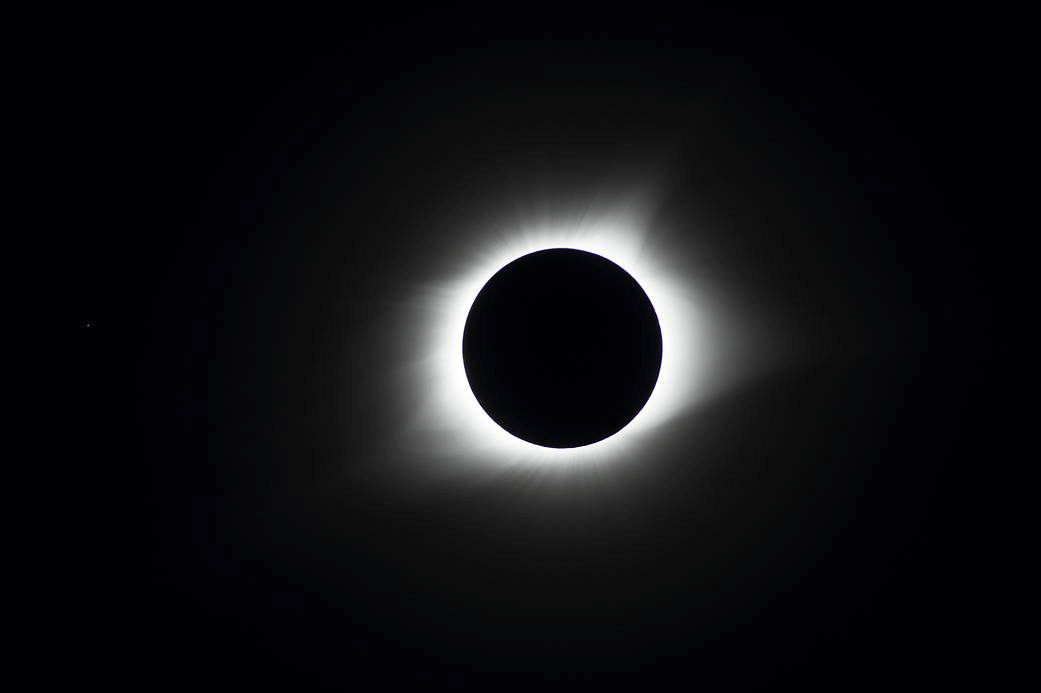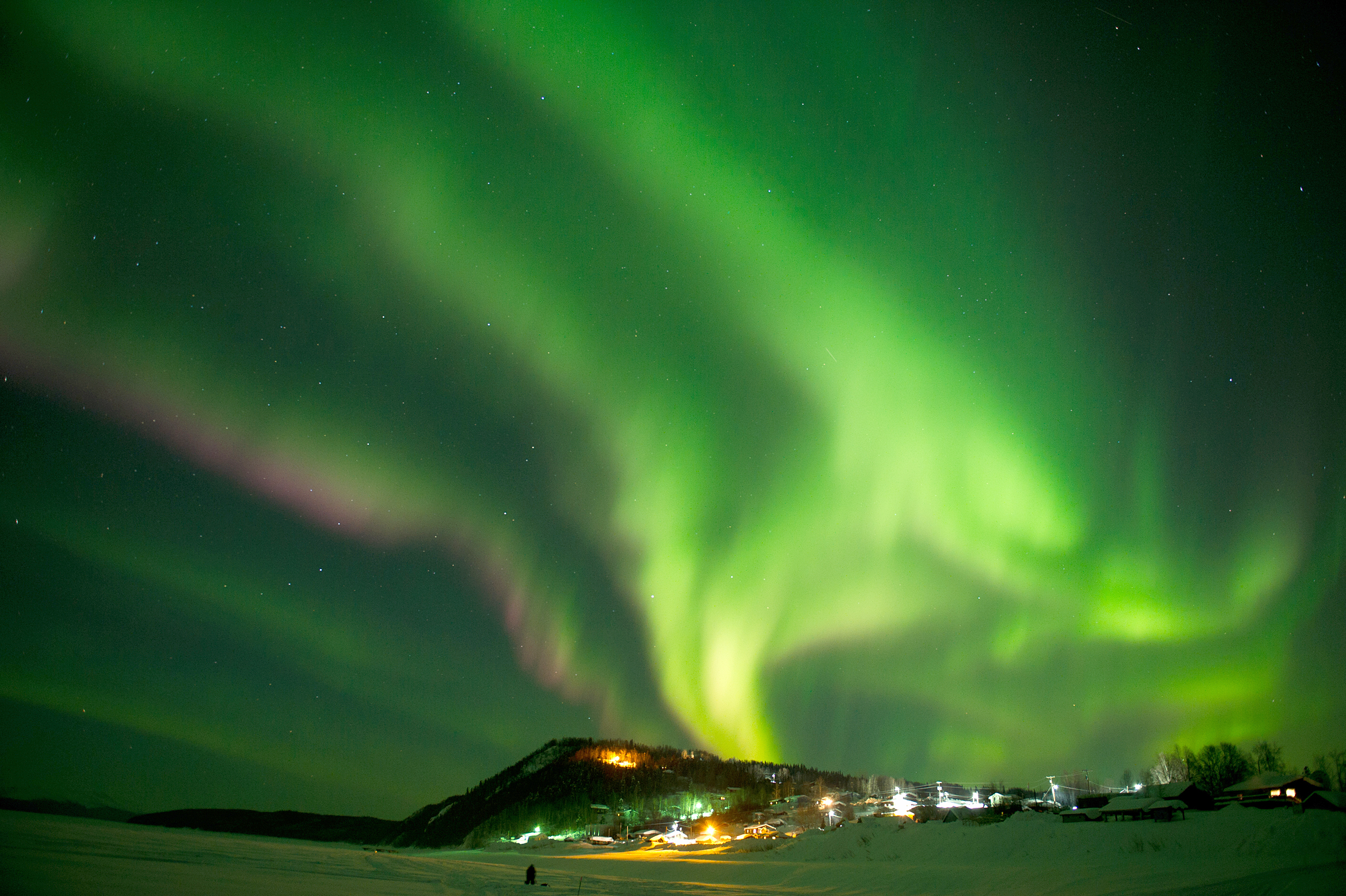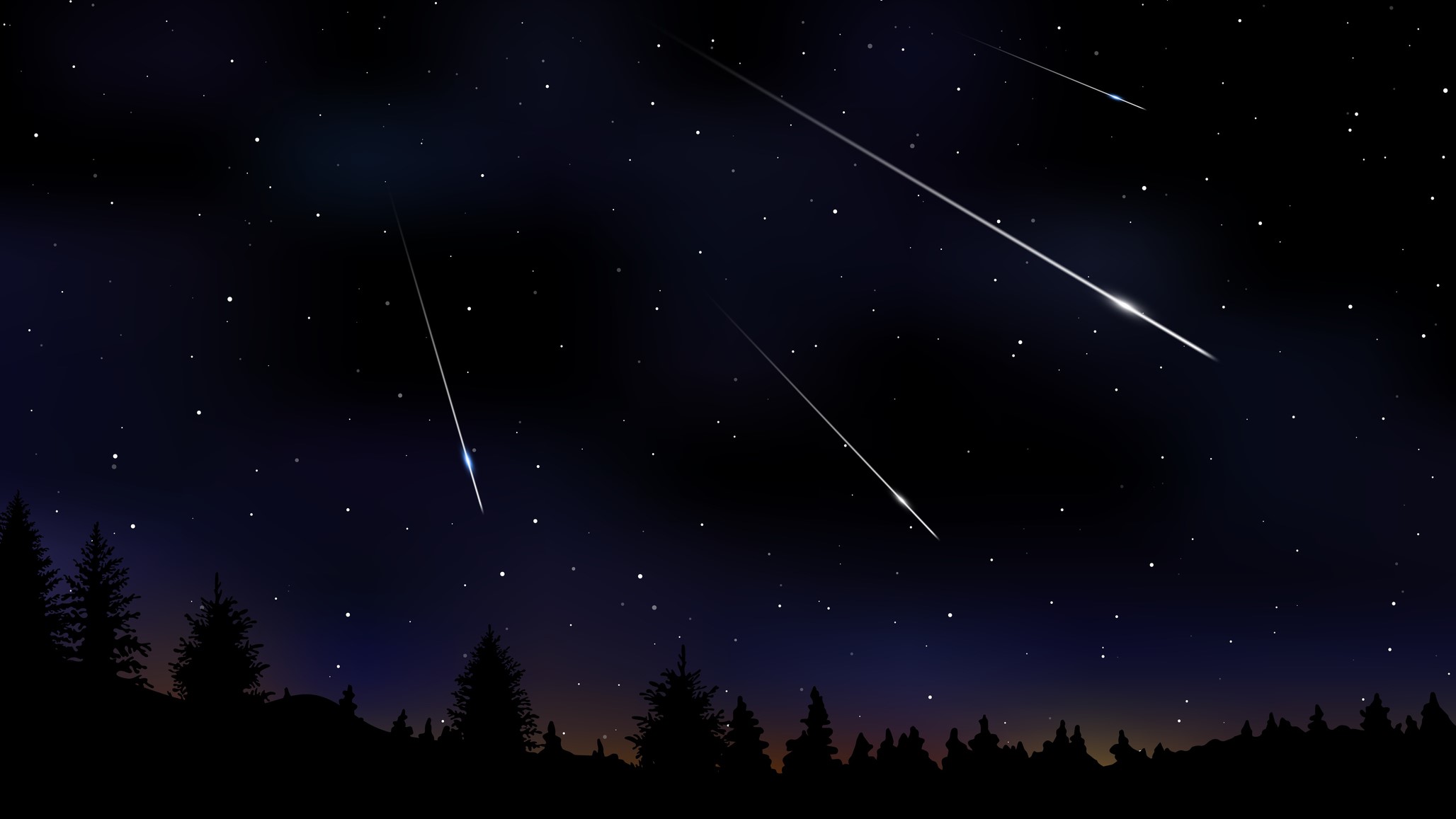A Bounty Of Celestial Delights Awaits Stargazers In 2024
A bounty of celestial delights awaits stargazers in 2024. Full moons and meteor showers will illuminate the darkness, while heightened solar activity is anticipated to produce mesmerizing auroras in a spectrum of colors.
Author:Rhyley CarneyReviewer:Paula M. GrahamJan 03, 20243.8K Shares63.4K Views
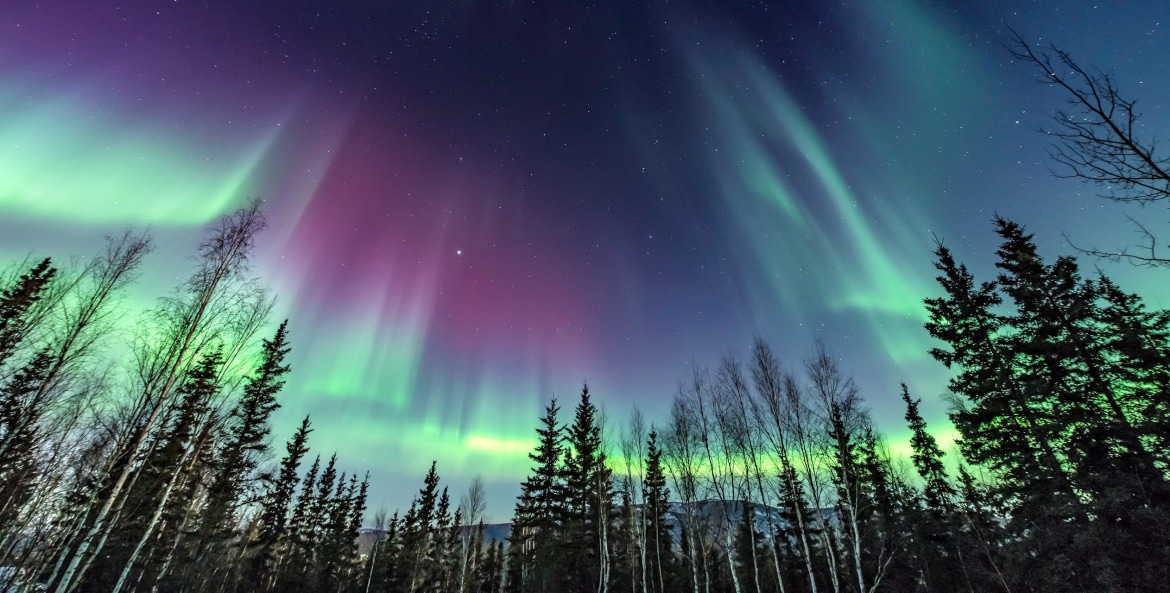
A bounty of celestial delights awaits stargazers in 2024. Full moons and meteor showers will illuminate the darkness, while heightened solar activity is anticipated to produce mesmerizing auroras in a spectrum of colors. Eclipse enthusiasts have eagerly awaited the year 2024 since the memorable "Great American Eclipse" in 2017, as a total solar eclipse is set to traverse the United States in April.
Throughout the year, there will be numerous opportunities to observe different planets and catch glimpses of the International Space Station gracefully orbiting Earth. To make the most of these celestial events, keep your telescopes and binoculars on standby, and be sure to secure a pair of eclipse glasses for a safe and unforgettable viewing experience during the total solar eclipse.
Full Moons And Supermoons
According to EarthSky, there will be a total of twelve full moons in 2024, with September and October hosting particularly notable lunar events dubbed supermoons.
Supermoons are characterized by a full moon's closer proximity to Earth than usual, resulting in a more significant and brighter appearance in the night sky. Astronomical definitions may vary, but generally, a supermoon is identified when the moon is within 90% of perigee, marking its closest approach to Earth in its orbital path.
The Farmers' Almanacattributes specific names to each month's full moon. However, it's important to note that various indigenous tribes assign diverse names and meanings to these full moons.
Here are the full moons of 2024:
- Jan. 25: Wolf moon
- Feb. 24: Snow moon
- March 25: Worm moon
- April 23: Pink moon
- May 23: Flower moon
- June 21: Strawberry moon
- July 21: Buck moon
- Aug. 19: Sturgeon moon
- Sept. 17: Harvest moon
- Oct. 17: Hunter's moon
- Nov. 15: Beaver moon
- Dec. 15: Cold moon
Solar And Lunar Eclipses
According to the Old Farmer's Almanac, a series of eclipses, including two lunar and two solar eclipses, will occur in 2024. The highlight of these celestial events is the eagerly anticipated total solar eclipse on April 8, visible to spectators in Mexico, the United States, and Canada. During a total solar eclipse, the moon passes between Earth and the sun, casting a shadow that completely obscures the sun's face.
Observers within the path of totality, where the moon's shadow fully covers the sun, will witness the breathtaking spectacle of a total solar eclipse. Those outside this path will still experience a partial solar eclipse, with the moon partially obstructing the sun's face.
It's worth noting that a total solar eclipse of this magnitude won't grace the contiguous U.S. again until August 2044. On October 2, an annular solar eclipse will grace the skies over parts of South America.
Similar to a total solar eclipse, this event occurs when the moon is at its farthest point from Earth, preventing it from completely blocking the sun. Instead, an annular solar eclipse produces a mesmerizing "ring of fire" effect in the sky as the sun's brilliant light surrounds the shadow that the moon casts.
During March 24-25, a penumbral lunar eclipse will be observable across a wide span, including Europe, North and East Asia, Australia, Africa, North America, and South America.
Lunar eclipses, which lend the moon a darkened or dimmed appearance, transpire when the sun, Earth, and moon align in a manner that causes the moon to pass through Earth's shadow. A penumbral lunar eclipse, characterized by a more subtle dimming effect, occurs when the moon traverses the outer shadow, or penumbra, of the Earth.
Later in the year, on September 17-18, a partial lunar eclipse will be visible over Europe and substantial portions of Asia, Africa, North America, and South America. This phenomenon unfolds when the Earth positions itself between the sun and the full moon, without achieving perfect alignment.
- March 24-25: Lunar Eclipse(Penumbral)
- April 8: Solar Eclipse (Full)
- Sept. 17-18: Lunar Eclipse (Partial)
- Oct. 2: Solar Eclipse (Annular)
- Oct. 17: Lunar Eclipse (Almost)
Solar Activity And Auroras
Anticipated to reach its solar maximum, the peak of its 11-year activity cycle, in the latter part of 2024, the sun is expected to become notably active.
During periods of heightened solar activity, the sun emits powerful solar flares and coronal mass ejections (CMEs), characterized by the release of large clouds of ionized gas, or plasma, along with magnetic fields erupting from the sun's outer atmosphere. These solar storms have the potential to impact various Earth systems, including electric power grids, GPS and aviation, and satellites in low-Earth orbit. Furthermore, they can induce radio blackouts and pose risks for crewed space missions.
To closely monitor and provide timely warnings and predictions regarding solar activity affecting Earth, the Space Weather Prediction Center, operated by the National Oceanic and Atmospheric Administration in Boulder, Colorado, will play a crucial role. Scientists are particularly excited about the insights they may gain into the sun's behavior by observing it during the total solar eclipse in April.
An uplifting outcome of heightened solar activity is the mesmerizing display of auroras, also known as the northern lights (aurora borealis) around Earth's North Pole and the southern lights (aurora australis) around the South Pole.
When charged particles from coronal mass ejections interact with Earth's magnetic field, they engage with gases in the atmosphere, resulting in the formation of vibrant, multicolored lights in the sky.
Geomagnetic storms, triggered by solar activity in 2023, led to the unusual visibility of auroras in locations where they are infrequently seen. This included sightings as far south as New Mexico, Missouri, North Carolina, and California in the United States, as well as in the southeast of England and various parts of the United Kingdom.
While the visibility of auroras overhead may vary depending on the location, their vivid hues contribute to a captivating and colorful spectacle, sometimes gracing the horizon with their luminous presence.
Meteor Showers
The onset of the new year brings an early celestial spectacle with the anticipated peak of the Quadrantid meteor shower on January 3-4, as reported by EarthSky.
Following the Quadrantids, there's a brief respite in meteor shower activity until April. Fortunately, during this interval, there are numerous other celestial events to look forward to.
Here's the comprehensive list of meteor showers for 2024, as outlined by the American Meteor Society.
- Quadrantids: Jan. 3-4
- Lyrids: April 21-22
- Eta Aquariids: May 4-5
- Southern delta Aquariids: July 30-31
- Alpha Capricornids: July 30-31
- Perseids: Aug. 12-13
- Draconids: Oct. 7-8
- Orionids: Oct. 21-22
- Southern Taurids: Nov. 5-6
- Northern Taurids: Nov. 11-12
- Leonids: Nov. 17-18
- Geminids: Dec. 13-14
- Ursids: Dec. 21-22

Rhyley Carney
Author

Paula M. Graham
Reviewer
Latest Articles
Popular Articles
